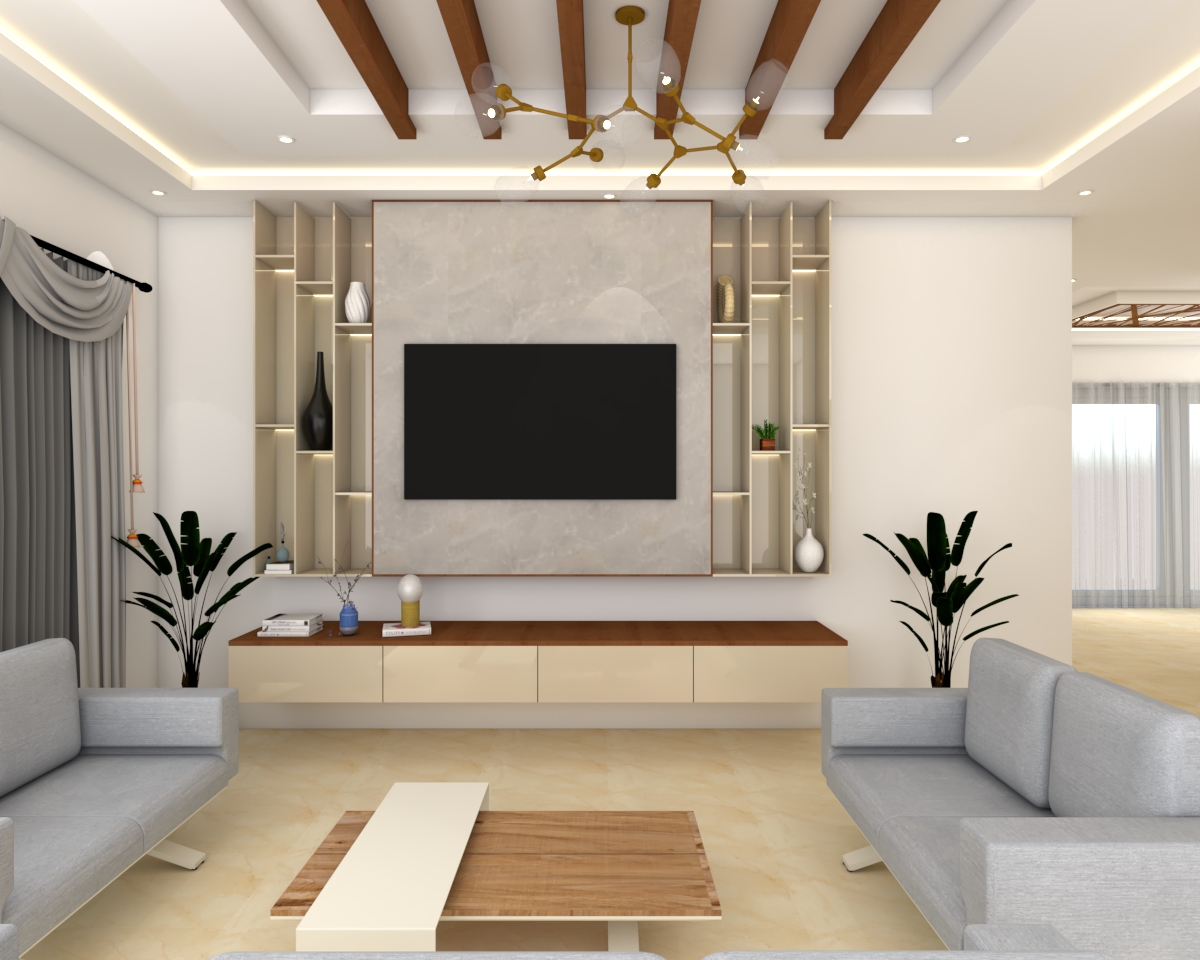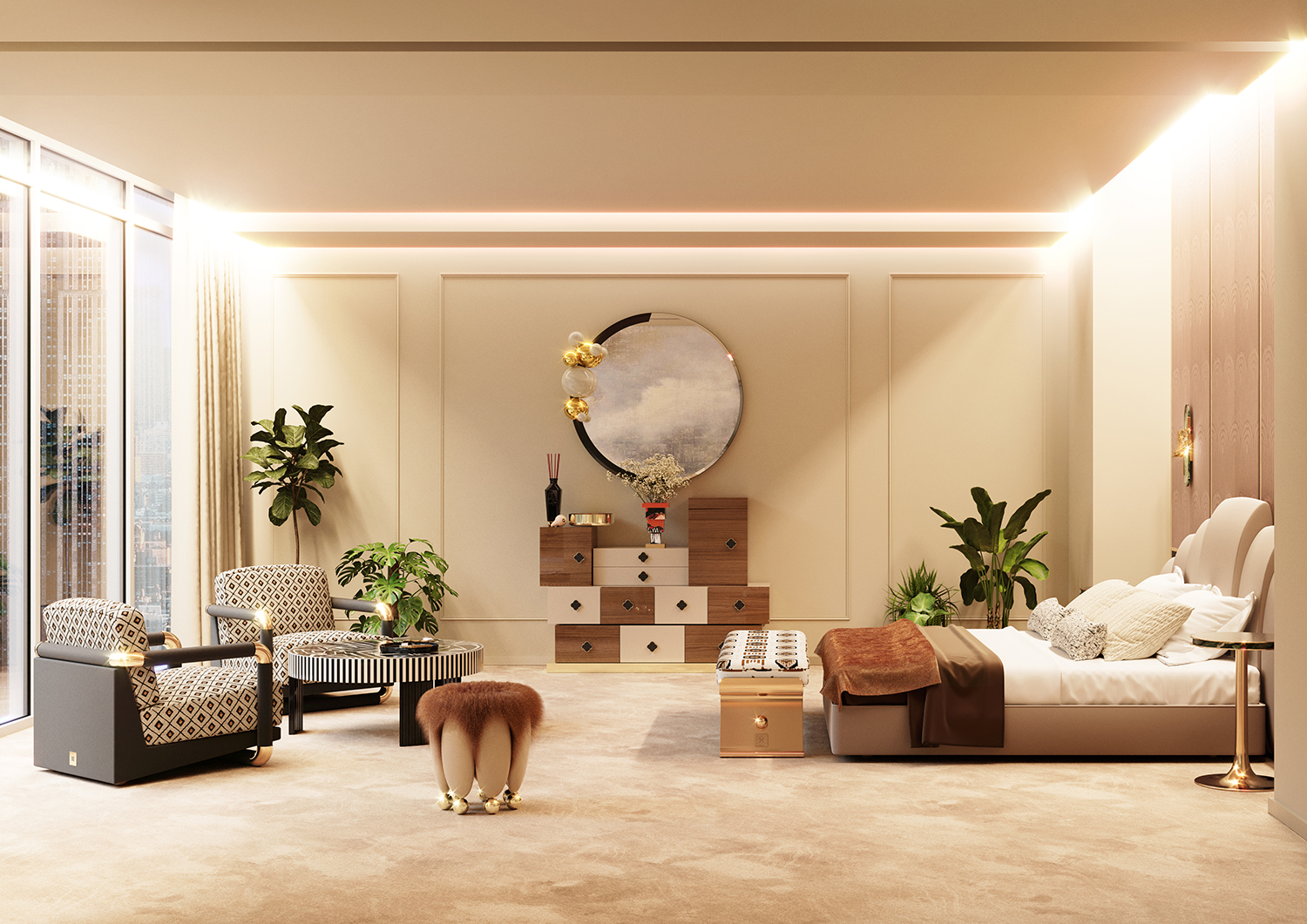Why Understanding the Principles of Interior Decoration Is Necessary for Effective Space Planning
Understanding the concepts of interior design is fundamental to reliable room preparation, as it lays the foundation for producing atmospheres that balance performance with aesthetic allure. Essential components such as circulation, percentage, and equilibrium are not simply ornamental considerations; they are critical in optimizing just how a room is utilized.
Value of Space Preparation
Area preparation is a basic facet of interior decoration that substantially influences the capability and looks of a room. It involves the calculated setup of furniture, fixtures, and building components to enhance making use of offered area while boosting the total individual experience. Efficient room preparation addresses numerous aspects, including flow, access, and the particular requirements of the residents.
Among the main benefits of space preparation is its ability to enhance spatial performance. Interior design studio Miami. By thoughtfully arranging a layout, designers can make sure that every area serves a purpose, lowering mess and promoting a feeling of order. In addition, appropriate space preparation cultivates a harmonious setting, enabling seamless activity and communication within an area
Furthermore, effective space planning considers natural light, sightlines, and the connection between various locations. This alternative technique not just raises the aesthetic allure yet also adds to the wellness and productivity of the residents. Inevitably, a well-executed space strategy contributes in developing a balanced and inviting atmosphere, making it necessary for any indoor design task.
Secret Concepts of Interior Design

One essential principle is equilibrium, which can be symmetrical, unbalanced, or radial. Symmetrical equilibrium produces a feeling of order, while asymmetrical balance provides an extra dynamic aesthetic charm. Another critical concept is percentage and range, making certain that the dimension of furniture and decoration aspects associate harmoniously to every various other and the total room.
Color concept also plays a substantial function, impacting mood and assumption. Designers use color combinations to stimulate certain feelings and improve the spatial experience. Additionally, the concept of rhythm includes creating a feeling of movement through repetition of shapes, colors, or patterns, directing the eye throughout the space.
Lastly, the concept of emphasis directs focus to centerpieces, enabling a clear narrative within the design. Luxury Interior designer Miami. By adhering to these key concepts, interior designers can create settings that not just fulfill practical requirements yet also resonate with the owners on a psychological level
Effect On Performance and Flow

The plan of furnishings, the selection of materials, and the combination of innovation all play vital duties in attaining optimal performance. For instance, placing seating locations in proximity to work areas can promote communication and cooperation, thereby enhancing performance. Additionally, making certain that pathways are unhampered and clear permits for reliable motion, reducing blockage and advertising a natural circulation pop over to this web-site throughout the space.
Additionally, integrating components such as illumination and color can even more help in marking areas, making it easier for people to navigate their environment. Thoughtful space preparation takes into consideration not only the physical aspects of design however likewise exactly how customers engage with their environments. Eventually, a focus on capability and flow not only boosts the user experience yet also elevates the total efficiency of the room, producing an atmosphere that meets the requirements of its occupants while fostering a sense of harmony and equilibrium.
Enhancing Looks and Mood
3 crucial elements-- texture, illumination, and color-- play pivotal roles in improving the looks and mood of an indoor area. Shade develops the emotional tone; cozy hues like reds and oranges evoke power and heat, while cooler tones such as blues and environment-friendlies promote peace and peace. Selecting a harmonious shade combination can change a room, developing a cohesive and aesthetically appealing atmosphere.
Appearance adds depth and interest, adding to the responsive experience within an area. A mix of appearances-- smooth surfaces, deluxe fabrics, and natural products-- can produce visual intrigue and improve comfort. Matching a soft velour sofa with a streamlined glass coffee table can develop a well balanced visual that welcomes interaction.
Lighting, commonly a forgotten aspect, considerably impacts state of mind. All-natural light fosters an open, airy environment, while purposefully positioned fabricated illumination can produce heat and highlight architectural features. Dimmer buttons enable versatility, permitting modifications to match different tasks or times of day.
Incorporating these three elements thoughtfully not just boosts the aesthetic allure of a room yet likewise grows an why not try here ambience that reverberates with its desired objective, inevitably enhancing the general experience for its owners.
Practical Applications in Real Life
Applying interior design principles in the real world calls for a thoughtful technique that integrates color, structure, and lighting into day-to-day rooms. By understanding exactly how these components interact, people can develop environments that are not only visually attractive but additionally useful and harmonious.
For circumstances, in a small living area, employing a light color palette can make the area really feel larger and extra open. Strategic usage of mirrors can enhance all-natural light and develop an illusion of depth. Including numerous appearances through textiles, such as carpets and pillows, can add heat and rate of interest without overwhelming the senses.
Illumination plays a vital role in defining the environment. Split lights, being composed of ambient, job, and accent alternatives, allows adaptability in state of mind settings. In an office, for instance, a combination of natural light, desk lights, and decorative components can boost performance while maintaining an inviting atmosphere.
Furthermore, recognizing spatial relationships and furnishings plan can cause enhanced capability. By sticking to concepts such as equilibrium and percentage, one can ensure that areas offer their desired function while staying cosmetically pleasing. Generally, functional applications of interior layout principles substantially boost the livability and appeal of any type of environment.
Verdict
To conclude, comprehending the concepts of interior design is vital for efficient room planning, as it promotes a balance between capability and looks. By applying key ideas such as percentage, shade theory, and flow, developers can create atmospheres that improve both usability and aesthetic charm. Inevitably, this expertise contributes to the development of rooms that not just meet practical needs but likewise raise the general environment, resulting in more pleasurable and reliable experiences for individuals.
Recognizing the principles of indoor layout is fundamental to efficient room planning, as it lays the foundation for producing environments that harmonize capability with aesthetic charm.Room planning is a basic element of interior design that considerably affects the capability and appearances of a room. Furthermore, appropriate space planning promotes a harmonious setting, allowing for seamless motion and communication within a room.
Furthermore, the concept of rhythm involves creating a feeling of motion via repeating of patterns, forms, or shades, guiding the eye index throughout the room.
In final thought, understanding the concepts of interior layout is crucial for effective space preparation, as it fosters an equilibrium in between functionality and visual appeals.